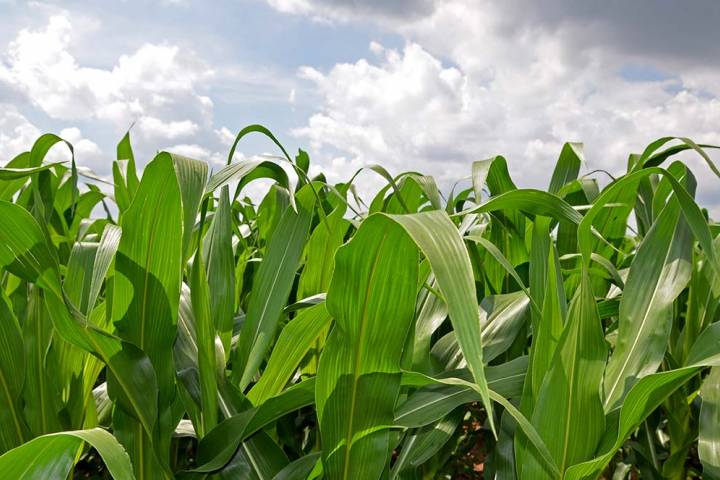Water quality
The production of corn and its impact on water quality has changed significantly over the past fifty years. Best management practices such as reduced tillage, biofilters, and nutrient management have reduced edge of field sediment loss by 55%, nitrogen loss (surface runoff) by 42%, nitrogen loss (subsurface flow) by 31%, and phosphorus losses by 41%. Today’s farmers are producing more corn with fewer resources by planting genetically modified crops with drought resistant traits and maximizing infiltration rates for their soil type. With the help of source water protection programs through the USDA and nutrient practices such as the 4 Rs (right source, right rate, right time, and right place) the amount of nutrient input into our natural water systems has been dramatically reduced from nonpoint sources such as agricultural fields.

Chemical tests are designed to give accurate readings of the present water quality’s chemical properties such as dissolved oxygen, nitrates, nitrites, phosphate, and ammonia levels. Many of these chemical properties can change very quickly within an aquatic system and have immediate effects on the organisms that live there. Dissolved oxygen for example is the amount of gaseous oxygen (O2) dissolved in an aqueous solution and is vital for all aquatic life. It is in constant flux due to the balance between the respiration and decomposition of organisms that both require dissolved oxygen and photosynthetic activity and diffusion that increase it.
Biological tests are designed to indicate the overall health of a stream based upon the vertebrate and macroinvertebrate biodiversity within the water system. Organisms are good indicators of seasonal and annual water quality due to their range of tolerance for chemical and physical factors within the aquatic system. For example, mayflies and rainbow darter fish both require water with high dissolved oxygen levels and are not found within systems with low levels of DO. Physical factors help to gauge the stream structure, flow rate, depth, turbidity, and temperature of the water. Many riparian factors may influence physical tests such as the shade cover of trees that decrease water temperature, reduce soil and nutrient erosion, and maintain stream integrity by maintaining stream banks. Simple changes in riparian zones can cause a stream to go into a state of chaos and rapidly change physical, chemical, and biological indicators for the worse.




